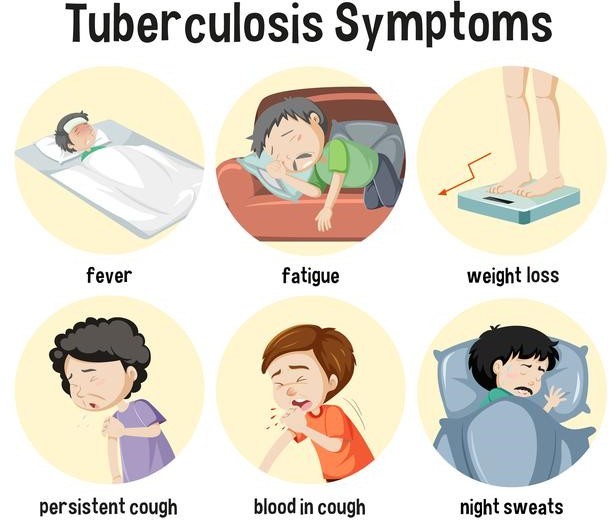A nurse is caring for a client who is scheduled to have his alanine aminotransferase (ALT) level checked.
The client asks the nurse to explain the laboratory test.
Which of the following is an appropriate response by the nurse?
"This test will indicate if you are at risk for developing blood clots."
"This test will determine if your heart is performing properly."
"This test will provide information about the function of your liver."
"This test is used to check how your kidneys are working.".
The Correct Answer is C
“This test will provide information about the function of your liver.” An alanine aminotransferase (ALT) test measures the level of ALT in the blood, which is an enzyme found primarily in the liver.
Elevated levels of ALT can indicate liver damage or disease.
Choice A, “This test will indicate if you are at risk for developing blood clots,” is not correct as an ALT test does not provide information about blood clot risk.
Choice B, “This test will determine if your heart is performing properly,” is not correct as an ALT test does not provide information about heart function.
Choice D, “This test is used to check how your kidneys are working,” is not correct as an ALT test does not provide information about kidney function.
Nursing Test Bank
Naxlex Comprehensive Predictor Exams
Related Questions
Correct Answer is B
Explanation
“Contract your pelvic muscle when performing the exercises.” Kegel exercises strengthen the pelvic floor muscles, which support the uterus, bladder, small intestine, and rectum.
To do Kegels correctly, you need to contract and relax your pelvic floor muscles.
Choice A is wrong because you should avoid holding your breath while doing Kegel exercises.
Instead, breathe freely during the exercises.
Choice C is wrong because you should focus on tightening only your pelvic floor muscles and be careful not to flex the muscles in your buttocks.
Choice D is wrong because it takes time to strengthen pelvic floor muscles.
You should aim for at least three sets of 10 to 15 repetitions a day and give it 3 to 6 weeks before expecting improvement12.
Correct Answer is C
Explanation
The first two actions the nurse should take are to review the client’s medical history and assess for symptoms.
This can help determine if further testing or treatment is necessary.

Choice A is wrong because the test results are negative, so initiating treatment for TB is not necessary.
Choice B is wrong because repeating the tests may not provide any additional information.
Choice D is wrong because educating the client about TB prevention and management may not be necessary if the client does not have TB.
Whether you are a student looking to ace your exams or a practicing nurse seeking to enhance your expertise , our nursing education contents will empower you with the confidence and competence to make a difference in the lives of patients and become a respected leader in the healthcare field.
Visit Naxlex, invest in your future and unlock endless possibilities with our unparalleled nursing education contents today
Report Wrong Answer on the Current Question
Do you disagree with the answer? If yes, what is your expected answer? Explain.
Kindly be descriptive with the issue you are facing.
